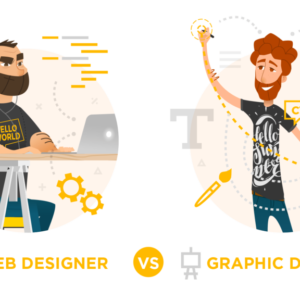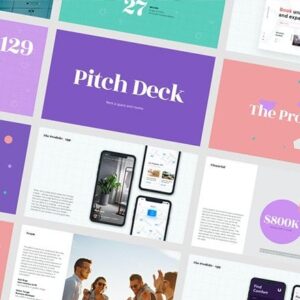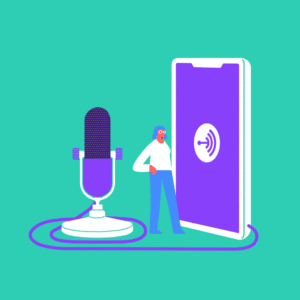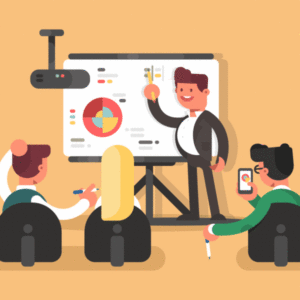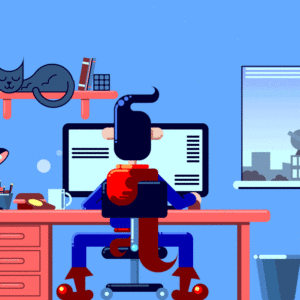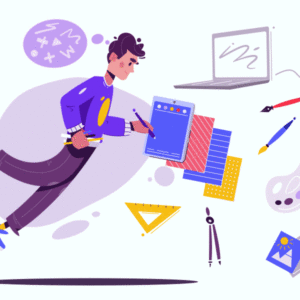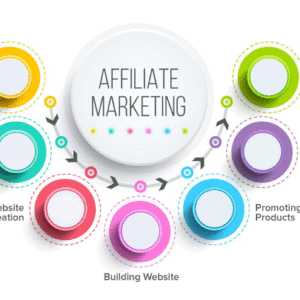
Graphic Designing & Web Development Go Hand In Hand
Graphic designing & web development go hand in hand and are undeniably close cousins. But few graphic designers realize how much web design can improve their sense of aesthetic. There are levels of artistry and practicality to each genre, from pure artistry to product to web design. Draftss has also helped its clients to develop substantial e-commerce platforms with unlimited graphic designs, illustrations, WordPress, HTML, and more for building your website, brand, etc. you can check on our website at draftss. Graphic design is somewhere in the middle of all that, being that it can be very practical in the way that color was chosen because it has the intended effect on the audience, etc. But it can also be quite instinctual and artistic, where the product produced is more of a work of art than something off an assembly line. This article is divided into some points on how Graphic designing & web development go hand in hand. Design Spectrum Web design is further down the practical side of the design spectrum, being that no one ever creates and codes a website because of their artistic instincts. Having to rely on HTML to be the arching support makes web designers fine-tune their work, to cut down the extra flash and fat. Web design requires thinking more about how the product is going to react to a browser, how long it’s going to take to code, and how it’s going to maintain. What makes it different is that web design is often a living design that continues to require work and tuning as styles change. Cooking analogy To use a cooking analogy, graphic design can be if someone asked you to cook a good Italian meal for about ten people. Doable, certainly, doesn’t require that much stress. Web design is needing to cook a good Italian meal in a small kitchen, with only certain pots and pans to use, for one hundred people who all have different food allergies. It requires much more thought and input than the other meal, but it’s also a bit more fun since it’s such a challenge. And while cooking a good meal requires plenty of skill, cooking a good meal under all those limitations requires more honed skills, which is what graphic design is to web design. Balanced equally Many graphic designers have web design experience without even knowing it. My first HTML and CSS class had only a handful of designers in it. Most were IT, communications, and programming majors. We were all pretty equally balanced in that we knew design and they knew how to code, so it evened out. Once we got past having to learn how to code HTML and CSS, the design aspect became fascinating and very similar to some of the things we had done before. Typography Typography in particular is interesting in the difference between typography in web design and typography in graphic design. Both share similarities in that they work within size limitations and style limitations. But in graphic design, unless some specific types of families wouldn’t work (or were just plain terrible and no designer worth their salt would use them) the field of typography is open for pickings. Web design has so many more restrictions in finding fonts that would work on the web. Google Fonts is a lifesaver but it can only do so much. Design standpoint One aspect that young designers have issues with is inputting their work from paper into its actual form. It’s a little easier from the graphic design standpoint. Photoshop can hide a multitude of sins and makes everything a little easier. Web design is a whole other beast. A designer can have what they think is the most beautiful sketch in the world and be certain it’s going to make a kick-ass website. But as soon as they start to try and implement it everything starts going south. I think that most web designers should have some small idea of how coding works if they’re not coding the product themselves. That way they don’t devote themselves to a design that works great on paper but not in actuality. This also helps if they have a separate coder. No one likes being told that their product is impossible to implement because they didn’t know what they were asking for. Print design Web design can also be more rewarding than graphic design in some ways. In graphic design or print design especially, there is a multitude of steps to get to the finished product. And there’s never a 100% chance that what you see on your screen is what you’re going to get. That’s why color companies such as Pantone are so important (and can make so much money). I’ve had a few products myself that were beautiful on screen but when printed came off dull and lifeless, or even completely wrong. If you have to reprint multiple times, it can get expensive and extremely frustrating. This is why web design can seem like a breath of fresh air. You make changes in the HTML, preview it in different browsers, and can see what the finished product looks like. Of course, there are always changes that can happen with browsers and viewing sizes. Especially if you’re working with a responsive design, but overall the finished product is there. It makes it all that much more rewarding (and much less expensive). CONCLUSION Web design requires graphic designers to use everything they’ve learned and more. You have to hone your skills and not let yourself be married to one particular design. You also have to be willing to tweak something for hours on end just to make a few small changes. In the end, I believe that graphic designers and web designers that cross streams are ultimately better overall. And at least have a better appreciation for how the other side lives. You can try out draftss for an excellent experience and increase your product marketing. We provide premium quality
